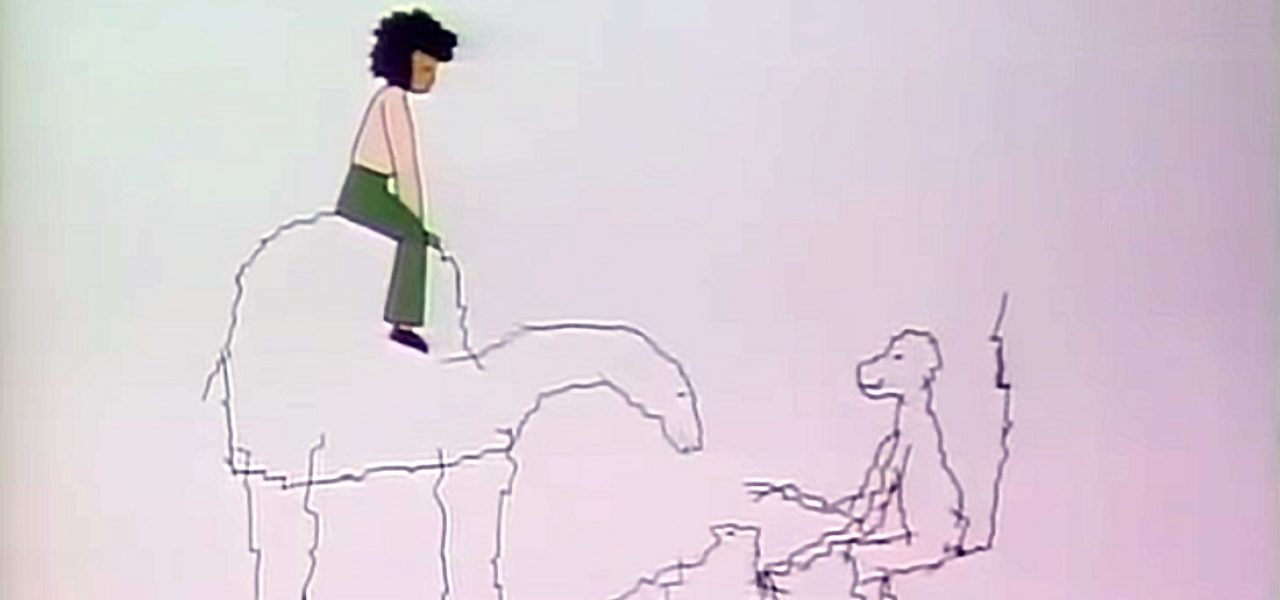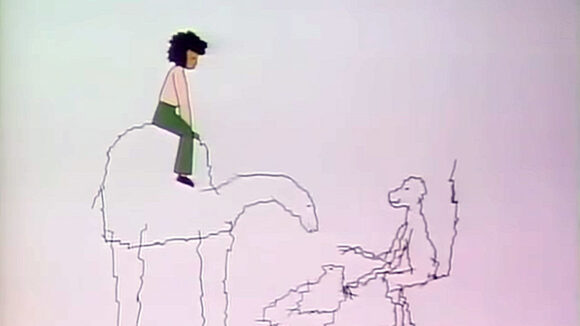

The ‘Sesame Street’ Crack Monster Exemplifies The Lasting Impact Of Animation On Audiences
As we begin a new year (and a new decade), it’s important that animation creators (and particularly those working in the field of children’s animation) remind themselves of the deep and lasting impact that the work they create has on audiences. An example of that impact is summed up in this 2019 episode of the public radio program Studio 360, which explored a subculture grounded on a shared childhood fear of a Sesame Street segment.
For decades, numerous Gen Xers from multiple countries yearned to find out if an old Sesame Street cartoon that terrified them back in the mid-70s actually existed or if it was a figment of collective psychosis. But it wasn’t until someone diligently searched for it that the mystery behind said clip became even more bizarre.
“Cracks” (or “The Crack Monster” as people online referred to it not knowing its actual title), was one of many animated shorts that played in between Sesame Street’s live-action segments. It shows a young girl discovering animal shapes in the cracks on her bedroom walls, and encountering the terrifying Crack Master, an angry face that destroys itself out of sheer anger.
During the broadcast, host Kurt Andersen interviews Jon Armond, a voice-over actor, who’s been obsessed with the short since he was a child and who is unsure about what the lesson “Cracks” was trying to instill in young viewers. “I guess the message they were trying to get across is, ‘Don’t be mean or you face might crumble’?”
The show then delves into how Armond finally obtained a copy of the long-lost clip, and the mystifying story of its production. It’s absolutely worth a listen as it plays out like an unsettling mystery. What’s more intriguing is the reach that this obscure animated work had at the time in order to have impacted such a large number of young children. This perhaps speaks the power of public television, especially in the past when the options for educational or kid-friendly entertainment weren’t as wide as they are today, but also to the impact of animated imagery.
In his quest for answers, Andersen also chats with Sesame Street executive producer Ben Lehmann, who offers his theories regarding why the short could have been maligned and put out of the rotation. He believes that it may have been a response to emergence of crack cocaine as an epidemic or the sight of a house with pronounced cracks which could be seen as insensitive to impoverished people living in precarious conditions. They are both solid hypotheses.
More than anything, “Cracks” showcases the cognitive effect the animation medium can have audiences. The work that animators create can stay with people for a lifetime, something to which workers in few other lines of work can lay claim. Animators wield great power in shaping the cultural conversation, and recognizing the medium’s strength as a communication tool is the first step in using animation to its fullest potential.

.png)